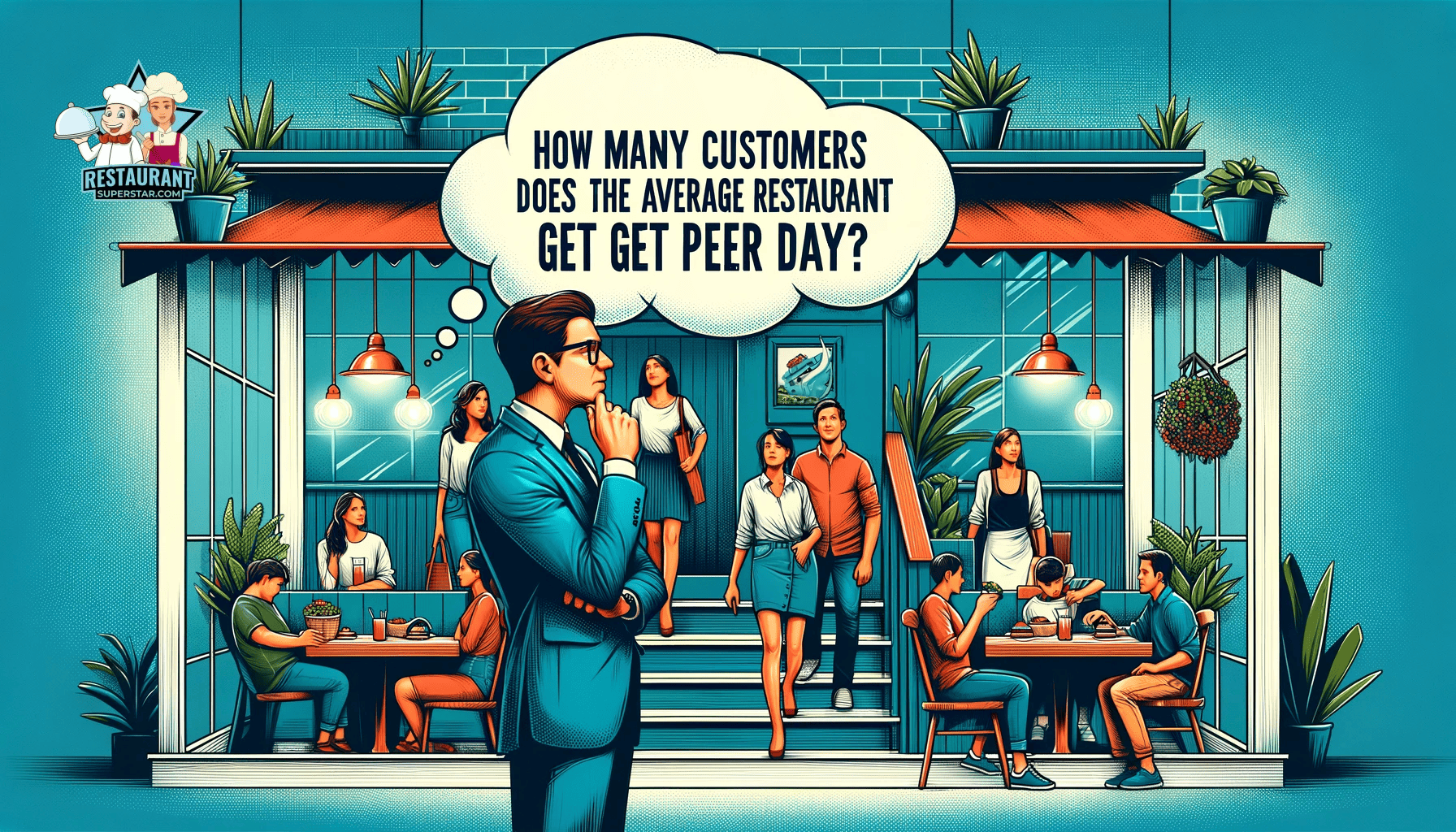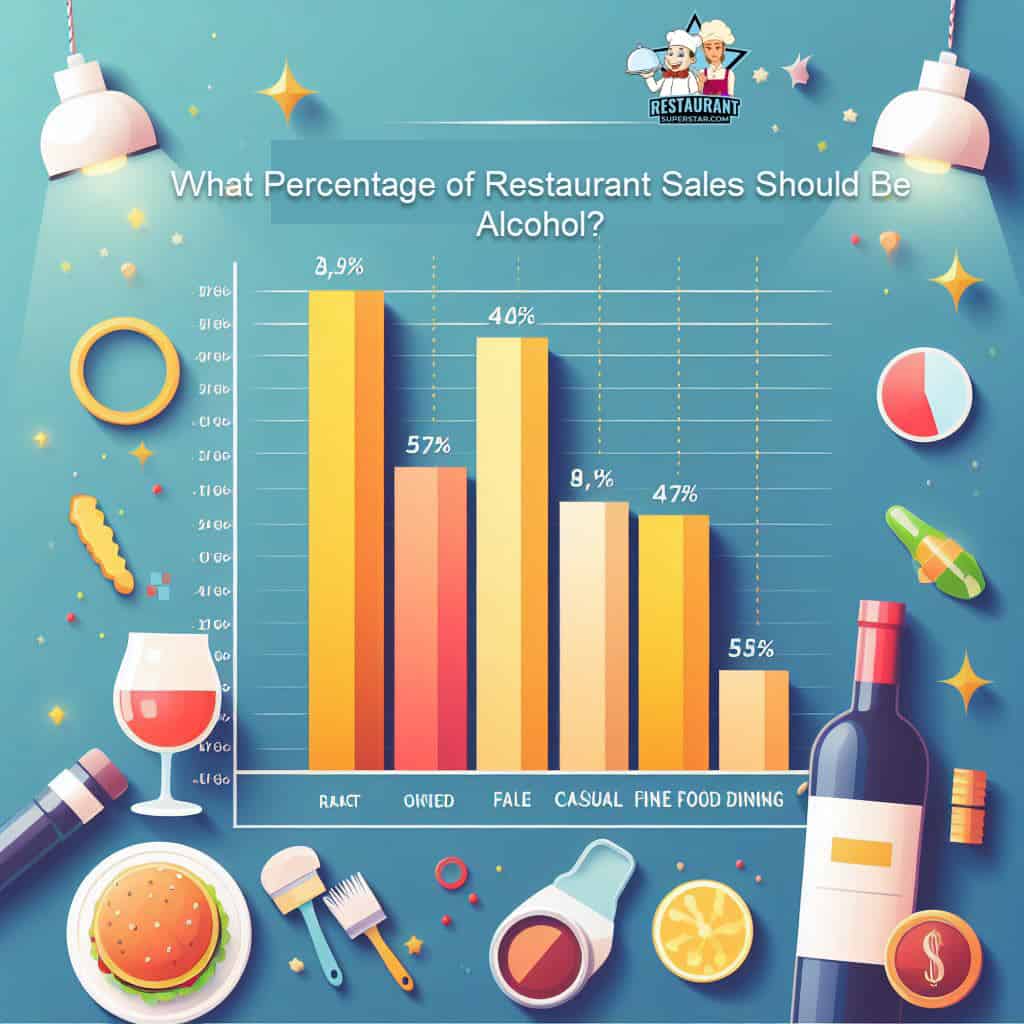How much does a restaurant make a day?
Hey there!
Jeff here, your friendly restaurant consultant from sunny Florida.
You’re in the right place if you’ve ever pondered, “How much does a restaurant make a day?” I’ve got the scoop for you. But hang on, while I’ve got a quick answer for you, trust me, the whole story is much more riveting. Dive in with me.
How much does a restaurant make a day?
How much does a restaurant make a day? On average, a restaurant in the U.S. pockets about $1,350 daily, according to a 2023 Womply report. Yep, you read that right! This figure is deduced from roughly 47 daily transactions, with diners shelling out an average of $28.43 per check.
But let me tell you, that’s just skimming the surface. The nitty-gritty details? A multitude of elements influences them:
- Restaurant Type: Your local diner might not rake in as much as that posh full-service restaurant downtown.
- Location, Location, Location: Have you ever noticed those bustling eateries in tourist hotspots? They’re likely earning more than a secluded countryside bistro.
- Days and Timing: Ah, weekends! The saviors for most restaurants, with the cash registers ringing more than on a slow Tuesday. And let’s remember those lucrative lunch and dinner hours.
- Other Curveballs: Think of a rainy day or a local concert. Yep, they can swing those daily earnings too!
Curious about specifics?
- Fast food joints: $500-$1,000 a day
- Your favorite casual dining spot: $1,000-$2,000
- High-end, fine dining experience: $2,000-$5,000
Before you get starry-eyed about these numbers, remember revenue isn’t the same as profit.
With expenses like food, staff wages, and rent, the profit from that $1,350 might be a modest $40-$67, given that the average profit margin hovers around 3-5%.
Alright, now that you’ve got the basic idea, stick around. There’s much more to unpack about “How much does a restaurant make a day?” trust me, it’s a flavorful journey you won’t want to miss.
Average Daily Earnings of a Restaurant
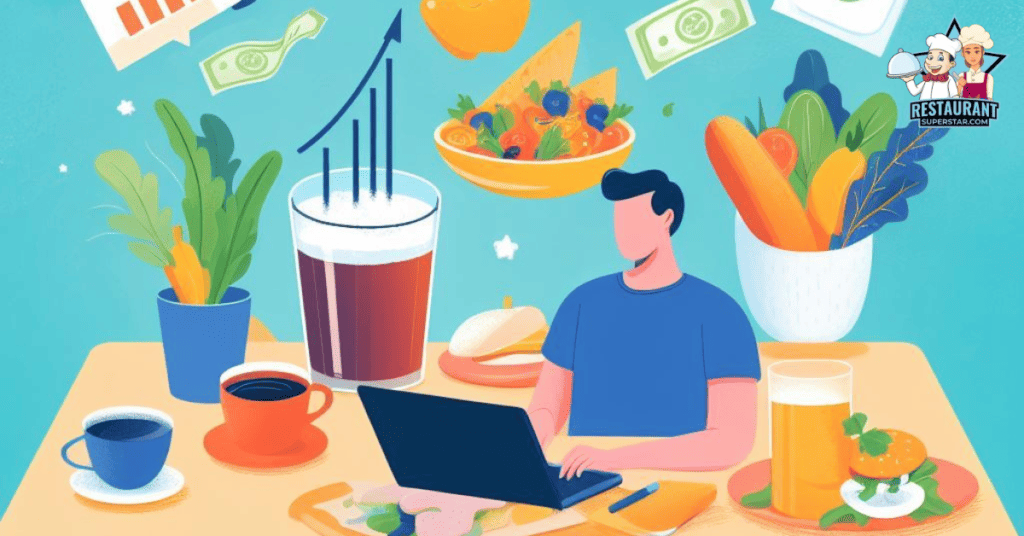
Let’s talk numbers. On an average day, a U.S. restaurant pulls in about $1,350. Yep, that’s the ballpark figure from coast to coast.
Now, if you’re like me and love diving into the details, here’s a tasty tidbit: This sum comes from around 47 daily transactions, with each check averaging about $28.43. Not too shabby.
But hold up! Before you start daydreaming about opening your little eatery, remember that $1,350 is just the average.
In the restaurant game, days can be as unpredictable as Florida weather! Some days, you might be swamped with customers; other days, it’s just the sound of crickets.
So, while that number is a good starting point, the actual dough a restaurant rakes in can swing quite a bit.
Stay tuned, folks! There’s much more to chew on when understanding “How much does a restaurant make a day?” Stick around, and I promise to serve more juicy details.
Factors Affecting Daily Restaurant Revenue
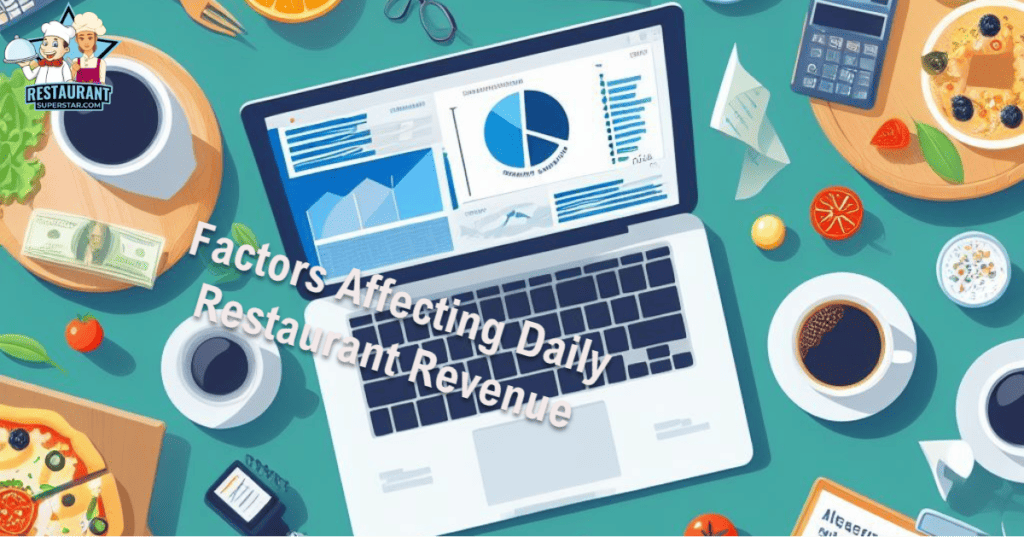
1 – Type of Restaurant
Now, here’s where things get spicy! The kind of restaurant you’re running can make a massive difference in those daily earnings.
1a – Full-service restaurants
Think of your classic sit-down spots, where a host greets you, has a dedicated server, and some mood lighting and soft jazz playing in the background.
These places generally have higher menu prices, a more comprehensive range of offerings, and often a full bar.
That means the average check size tends to be heftier. Customers come in not just for the food but the experience, and they’re usually willing to pay a premium.
1b – Quick-service restaurants
You know the drill here. Walk in, order at the counter, and instantly, you’re munching away. These places, often dubbed “fast food,” are all about speed and convenience.
The menu prices are generally lower, focusing on quickly getting customers in and out.
While the average check size might be smaller than full-service spots, the volume can be massive, especially during those peak rush hours.
So, when asking, “How much does a restaurant make a day?” consider the restaurant type.
A bustling quick-service joint might make a killing during lunch hour, but a full-service spot could be the king of dinner earnings. It’s all about location, audience, and, of course, that mouthwatering menu.
2 – Location
2a – High-traffic areas & tourist destinations
Have you ever been to those bustling city centers or popular tourist spots? The eateries here are almost always packed! And there’s a reason for it.
These high-footfall areas bring in many customers, from the daily office crowd to the vacationing families looking for a bite.
Restaurants in these zones often enjoy consistent business, and during peak tourist seasons, they’re practically overflowing.
The catch?
Rent in these areas can be sky-high. But with the right strategy, the revenue from the sheer volume of customers can more than makeup for it.
2b – Less populated or remote areas
On the flip side, let’s talk about those charming countryside bistros or that secluded beachside cafe.
These spots might not see the daily rush of a city eatery, but they’ve got their charm.
While the footfall is lower, the competition is too. These restaurants often bank on a loyal local clientele and the occasional traveler looking for an offbeat experience.
The pace is slower, and the overheads are usually lower, but the earnings can be unpredictable.
However, with the right niche and a stellar reputation, these hidden gems can shine bright in their own right.
Remember that location is a massive piece of the puzzle. It’s not just about where you are but who you’re serving and what unique experience you offer.
3 – Time of Day
3a – Peak business hours – Lunch & Dinner
During the bustling hours of the day, restaurants come alive with a diverse array of customers.
The midday rush caters to office workers seeking a quick meal, families needing sustenance amidst their shopping escapades, and tourists preparing for an afternoon of exploration.
And then, as the day winds down, restaurants welcome date nights, family reunions, and weary individuals seeking solace after a long day.
For many establishments, particularly full-service ones, these time slots hold the key to success.
With increased foot traffic, larger orders, and, often, greater bill amounts, these moments become genuinely magical.
3b – Breakfast & Late-night
Now, this is where it gets interesting. Breakfast can be a gold mine for cafes, diners, and places specializing in morning treats.
Think freshly brewed coffee, stacks of pancakes, or a hearty omelet.
A bustling breakfast crowd is almost guaranteed if you’re located near offices or business hubs.
On the other hand, late-night hours cater to a different crowd – the night owls, party-goers looking for post-clubbing munchies, or even travelers catching an early flight.
While the footfall might be lesser than lunch or dinner, these hours can be profitable with the suitable offerings and ambiance.
Remember to factor in the ebb and flow of customers throughout the day. Every hour has its flavor, and the trick is to serve up just what the crowd craves.
4 – Other Influencing Factors

4a – Weather
Sunshine or rain can play a big part in your restaurant’s footfall. On a beautiful sunny day, you might see patios filled to the brim.
At the same time, a sudden downpour can bring in folks seeking shelter with a hot coffee or see a dip in customers who prefer to stay cozy at home.
And if you’re in a beach location like here in Florida, the weather can be the difference between a slammed beachside cafe or a slow day.
Special Events
Special events can drastically boost sales, whether it’s the Super Bowl, a local music festival, or a big convention in town.
Restaurants that tap into these events with special menus, offers, or themed nights can see a significant uptick in earnings.
So, always have an ear to the ground and be ready to capitalize on these golden opportunities.
4b – Economic Conditions
Now, this is a broader factor but equally crucial. A booming economy often makes consumers more willing to splurge on dining out.
Conversely, during economic downturns, folks might tighten their belts and opt for more budget-friendly dining options or prefer cooking at home.
Awareness of the economic pulse and adapting accordingly can be a game-changer for restaurants.
So, when diving deep into the question, “How much does a restaurant make a day?” it’s essential to remember that it’s not just about the food or ambiance.
External factors can be pivotal in those daily numbers, often beyond a restaurant’s control.
Revenue Variations by Restaurant Type
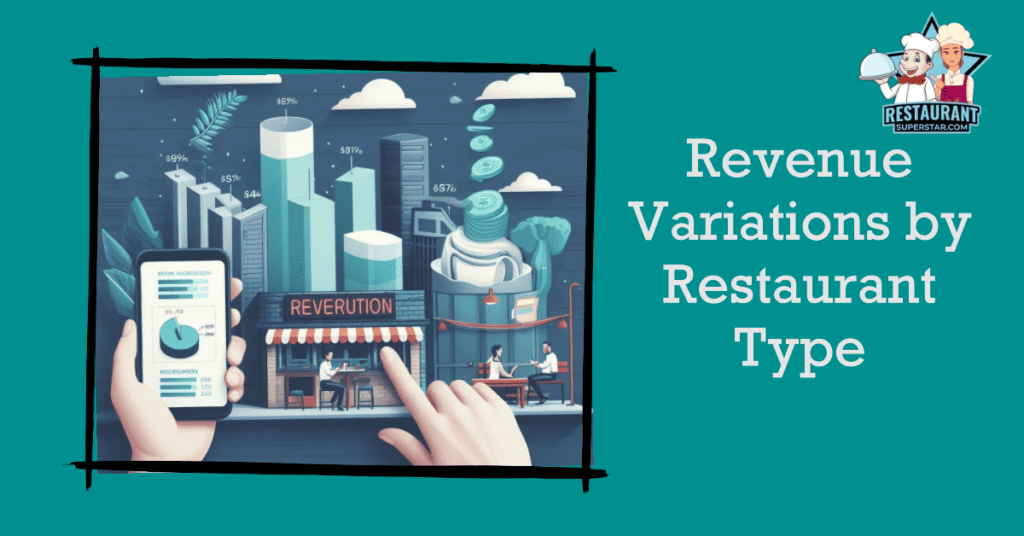
Different restaurant styles cater to different audiences, offer varied experiences, and, naturally, have distinct revenue potentials. Let’s break it down:
Fast Food Restaurants
We all love a quick bite occasionally, right? With their speedy service and wallet-friendly prices, these joints see a high volume of customers, especially during peak rush hours.
On a typical day, your neighborhood fast food spot might pocket anywhere from $500 to $1,000. It’s all about quick turnover and keeping that queue moving.
Casual Dining Restaurants
Picture this – a relaxed setting, a diverse menu, and a price point that doesn’t break the bank.
These places are a hit with families, groups of friends, or even solo diners just looking for a hearty meal.
With the added advantage of alcoholic beverages and desserts (because who can resist?), these spots generally see daily earnings in the ballpark of $1,000 to $2,000.
Fine Dining Restaurants
Step into a world of pure opulence – the crème de la crème!
These upscale establishments tantalize your taste buds with gourmet dishes and spoil you with impeccable service.
While they come with a higher price tag, the clientele here dives headfirst into indulgence.
Whether celebrating a special occasion or aiming to impress a date, prepare to be awestruck as these places pocket $2,000 to $5,000 daily.
Prepare to embark on an unforgettable culinary journey, immersing yourself in luxury and exclusive experiences.
Revenue vs. Profit
Understanding the Basics
Consider revenue as your total sales, the whole pie. It’s the complete amount customers pay when they dine at your restaurant.
But now, imagine taking slices out of that pie for rent, ingredients, salaries, utilities… what you’re left with is your profit. It’s the actual amount you pocket after all those expenses.
Restaurant Profit Margins
Here’s a nugget of wisdom – the restaurant biz typically has slim profit margins.
Yep, despite those bustling tables and ringing cash registers, a restaurant’s actual profit can be a small fraction of its revenue.
On average, restaurants operate on a 3-5% profit margin. Tight, right? But with intelligent management and a keen eye on costs, many restaurants thrive and grow.
Crunching the Numbers
Let’s do a quick math exercise. Say a restaurant has a daily revenue of $1,350 (our average figure from earlier).
If we consider a profit margin of 5%, the actual profit for the day would be $67.50. On a 3% margin, that drops to $40.50.
It’s a sobering realization, especially when considering the hard work that goes into running a restaurant.
So, the next time you think about “How much does a restaurant make a day?” remember that the real question might be, “How much does a restaurant keep a day?
It’s a delicate balance of earnings, expenses, and intelligent financial planning.
Conclusion
- Average Earnings: We kicked things off by unveiling that, on average, a U.S. restaurant rakes in about $1,350 daily. This figure comes from around 47 transactions, costing approximately $28.43 for each diner.
- Factors at Play: We then dived deep into the variables that can swing these earnings, from the type of restaurant and its location to the time of day it sees the most footfall. Remember those unpredictable elements like weather, special events, and economic conditions? Yep, they play their part too.
- Revenue Variations: Different restaurant styles have their tales of earnings. While fast food spots might see $500-$1,000, casual dining places hover around $1,000-$2,000, and the upscale fine dining establishments? They can pull in a grand $2,000-$5,000 daily.
- Revenue vs. Profit: The big reveal came the difference between what a restaurant earns and keeps. With typical profit margins ranging between 3-5%, revenue, costs, and profits are a delicate dance.
Jeff Smith is a Restaurant Consultant with over 20 years of hospitality experience ranging from server to owner and general manager. He focuses on Restaurant POS technology as well as restaurant marketing. Check out our world-famous restaurant resources page for a comprehensive offering of hand-picked resources and tools to help your business. You can also check out some of our other restaurant business articles.

